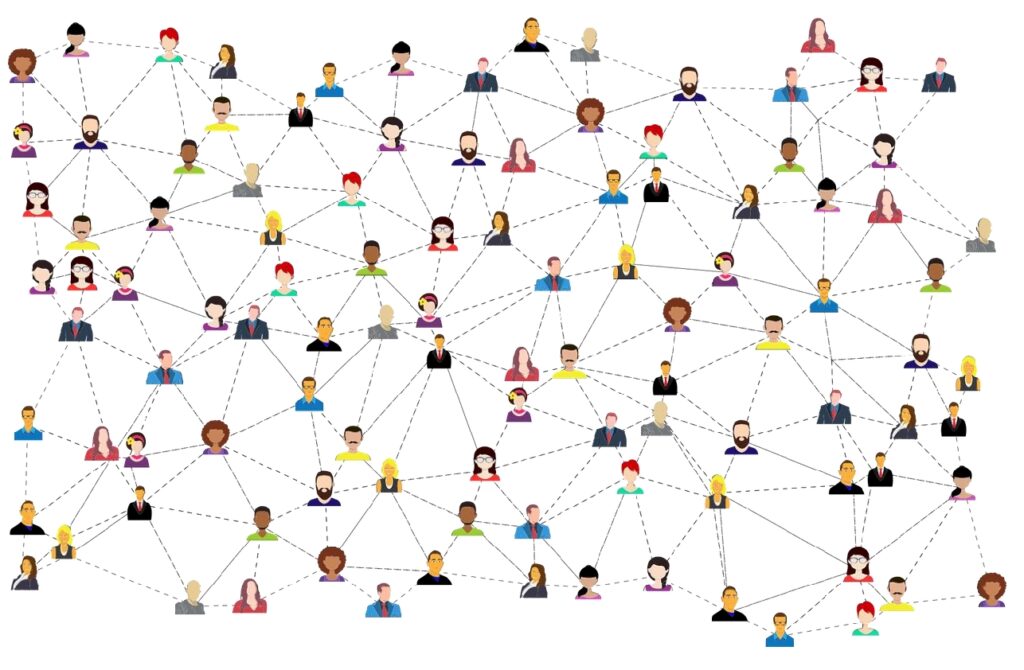Introduction
Social Media Algorithms In today’s digital age, social media platforms play a pivotal role in our lives, connecting us with friends, family, and the world. Behind the scenes, intricate algorithms dictate what content we see on our feeds. These algorithms are designed to enhance our user experience by curating content that aligns with our interests. This article will delve into the inner workings of social media algorithms, shedding light on how they operate and impact our online interactions.
Understanding Social Media Algorithms
Social media algorithms are complex mathematical formulas that determine the order in which posts appear on our feeds. They analyze a multitude of factors to tailor content to each individual user. While the specifics may vary between platforms, the underlying principles are similar.

Key Factors Influencing Algorithms
Engagement: Algorithms prioritize content that generates high levels of engagement, such as likes, comments, shares, and reactions. Posts that elicit these interactions are deemed valuable and are more likely to be shown to a broader audience.
Relevance: Algorithms gauge the relevance of content to a user’s interests based on past interactions, search history, and profile information. They aim to present users with content that resonates with them personally.
Timeliness: Fresh content is favored. Algorithms give precedence to recent posts to ensure users are exposed to current information and trending topics.
Relationships: Interactions with users you frequently engage with hold more weight. Algorithms prioritize content from friends, family, and individuals you actively interact with.
Content Type: Algorithms take into account the type of content—text, images, videos, etc.—that a user engages with most. They then prioritize similar content in the user’s feed.
Common Social Media Algorithms
Facebook Algorithm: Facebook’s algorithm, known as the “News Feed Algorithm,” focuses on showing users content that they find meaningful and engaging. It analyzes factors like post type, relationship, content engagement, and time posted.
Instagram Algorithm: Instagram’s algorithm emphasizes relevance, showing users content they are likely to engage with. It considers factors like user engagement, post engagement, and the recency of the post.
Twitter Algorithm: Twitter’s algorithm strives to display the most relevant tweets at the top of users’ feeds. It prioritizes tweets from accounts users engage with regularly, as well as tweets with high engagement.
TikTok Algorithm: TikTok’s algorithm centers on understanding user preferences through interactions. It examines video information, user interactions, and device/account settings to tailor content.
Implications and Criticisms
While social media algorithms aim to enhance user experience, they have drawn criticism for potential negative consequences. Algorithms can create echo chambers by reinforcing existing beliefs, limit exposure to diverse perspectives, and even contribute to the spread of misinformation.
Conclusion
Social media algorithms are intricate mechanisms designed to personalize our online experiences. By analyzing engagement, relevance, timeliness, relationships, and content type, these algorithms determine what content appears on our feeds. While they enhance user engagement and experience, they also raise questions about the potential impact on information diversity and user behavior. As we navigate the digital landscape, understanding how these algorithms work empowers us to make informed decisions about our online interactions.





